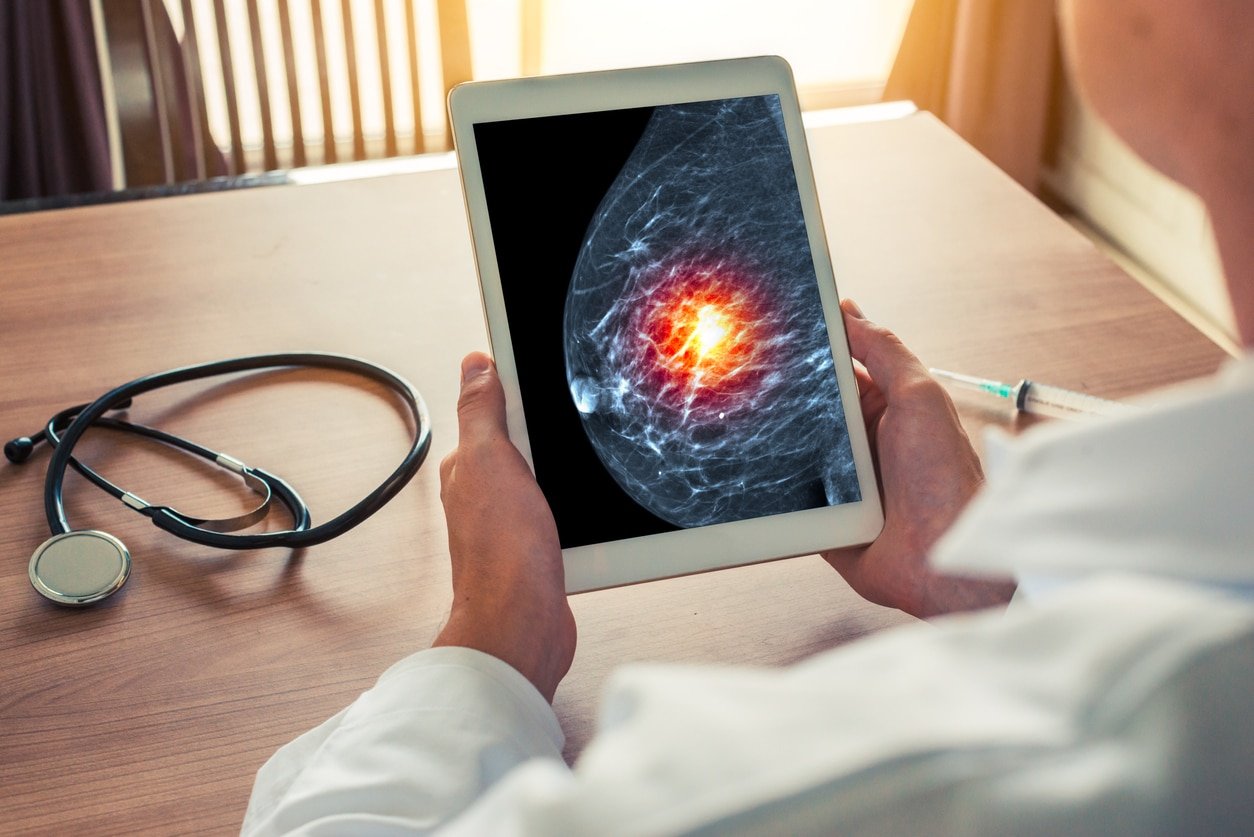In some cases of breast implant reconstruction, there may not be enough soft tissue to cover the breast implant or tissue expander sufficiently to ensure adequate support and tension-free closure. Acellular dermal matrix (ADM) is a biological tissue mesh derived from human, bovine, or porcine tissues. The tissue is processed to remove the epidermis and any cells that can lead to an immunologic response in the host. The matrix is attached to the pectoralis muscle to create a pocket that holds the implant in place, like an internal bra or sling. This helps to create a natural droop, shape and contour. ADM provides a framework or “lattice” of tissue that the patient’s own cells can grow into and eventually replace. Examples of acellular dermal matrix that coders may see used in breast reconstruction include Strattice, SurgiMend, FlexHD, Allomax, and Alloderm.
When this type of mesh is used in a breast implant surgery, CPT code 15777 is assigned separately as an add-on code. A code for the breast implant or tissue expander insertion would also be coded.
19340
Implantation of biologic implant (eg, acellular dermal matrix) for soft tissue reinforcement (ie, breast, trunk) (List separately in addition to code for primary procedure)
References:
CPT Assistant, October 2013, Volume 23, Issue 10, page 15
The information contained in this series is valid at the time of posting. Viewers are encouraged to research subsequent official guidance in the areas associated with the topic as they can change rapidly.




